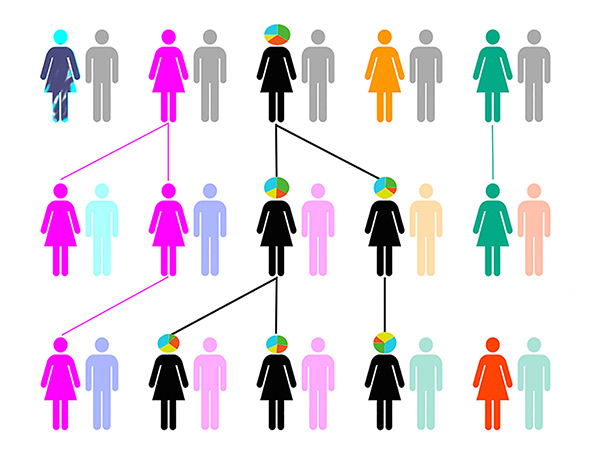
Though it may seem to be navigating by perceptibly unfixed stars, next-generation sequencing (NGS) is journeying ever more adventurously into the obscure, the rare, and the confoundingly heterogeneous domains within life’s molecular codescapes.
NGS is already capable of producing billions of short reads, and it can do so quickly and economically. And NGS is reaching well beyond genomics. For example, it is revolutionizing transcriptomics through advances in RNA sequencing (RNA-Seq). Yet, despite this dazzling progress, a number of significant challenges remain.
These challenges were discussed at a recent Oxford Global event, the “Seventh Annual Next Generation Sequencing Congress”. The event provided a window through which attendees could browse the NGS field’s most daunting obstacles. It also displayed technologies that could allow these obstacles to be circumvented
New capabilities and applications include the removal of toxic, unwanted transcripts from RNA-Seq libraries as well as the mapping of under-explored alternative splicing spaces. NGS is also making progress toward sequencing mitochondrial DNA. Mitochondria are increasingly recognized in disease development, yet sequencing the DNA from these organelles is complicated because mitochondria harbor considerable genetic complexity and heterogeneity.
To read the rest of this article click here.











